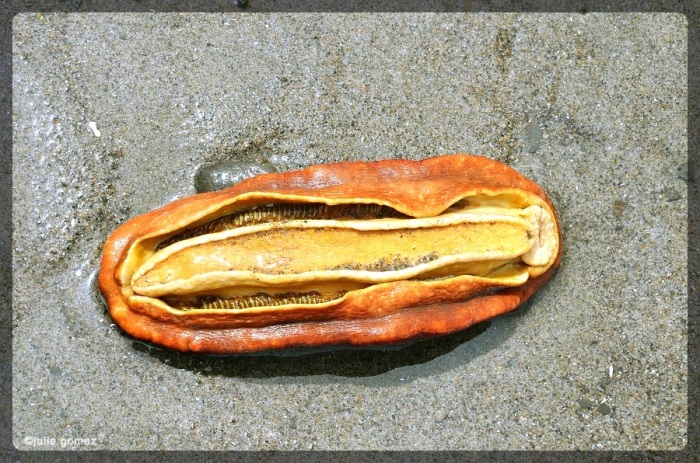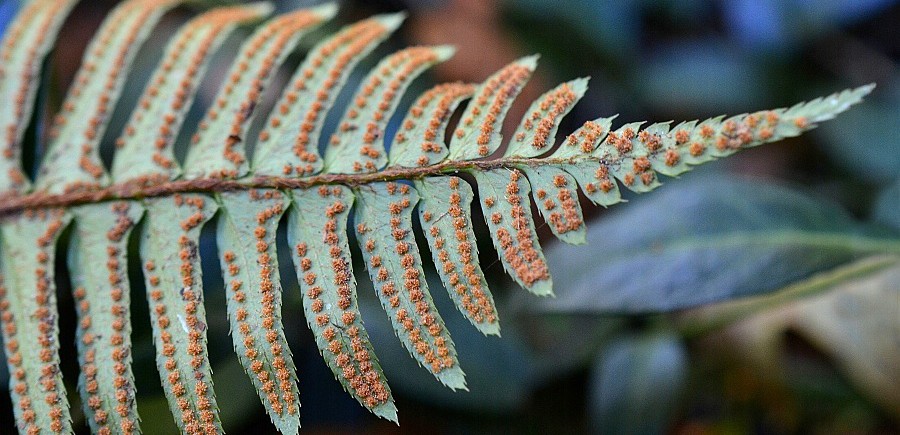
At the beach, life is different. A day moves not from hour to hour but leaps from mood to moment. We live with the currents, plan around the tides, [and] follow the sun.
—Sandy Gingras, from her book “How to Live At the Beach”
After months of what seemed like endless rain, Chris and I were in desperate need of a vacation. With no pets tying us down for the first time in twenty-nine years (the raccoons would have to fend for themselves) we decided to take a week off and head for the coast. But just like our mountain weather, the north and central Oregon Coast (our usual jaunt) was just as cold and wet. We needed sunshine on our pale skin, and so, like migrating birds, we headed south to North Bend-Coos Bay; a place I frequented during the summer months of my childhood, and a place I still enjoy today.
Mornings along the Coos Bay greeted us with the cry of gulls, smells of brine, and the occasional growling engines of oyster boats as they passed by our window. The mornings also brought sagging clouds and drizzle that by noon each day, religiously lifted. Overall, the weather was pleasant with afternoon sunshine and scattered white fluffy clouds, Cumulus mediocris, harmless clouds, the kind too shallow to produce rain.
Eager for some beachcombing (North Bend has many wonderful beaches, trails and caves, worth exploring) we visited one of our favorite beaches, Sunset Bay State Park. Unfortunately, tide pooling would be limited due to an incoming tide. We did, however, have the pleasure watching tiny sand crabs and sculpins in the higher pools before the tide completely covered them.
Still visible were the ancient, 2,000-year-old spruce tree roots. I bent down and ran my hand across one of them. Unlike the others that looked like they’d been shrink-wrapped with seaweed, this one was clean and beautifully detailed, and had the look and feel of stone.

As the tide began to swamp the tree roots, I turned my attention to the strandline. Hoping for shells, Sunset Bay doesn’t produce many, and those that do wash up are often broken into a million pieces. Not put off by this, I kept my eyes peeled, for one never knows what the tide will wash in. Seaweeds of all kinds were washing up; some I recognized, others, I did not. There were feather boa, dead man’s fingers, sea lettuce, and rockweed; each uniquely different from the other in structure and texture. Each a beautiful gift from the sea.


The tide was coming in fast, and as I dodged the next wave to keep my boots dry, something bright appeared in the surf. Hurrying over to have a look before the next wave rolled in, I saw that it was a gumboot chiton. It lay belly up on the wet sand, and though a common creature of outer tide pools, it made an exceptional find.

A member of the Mollusk Family, the gumboot is one of some 650 species worldwide, and is the world’s largest chiton averaging 10 to 12 inches in length. The back of the gumboot is called a mantle or girdle. It is bright to deep maroon, thick and leathery, and has a slightly rough texture. Underneath the mantle are eight butterfly shaped plates. These plates help protect sensory cells that signal light and feeling. When a chiton dies, these plates sometimes wash up on the beach, and are aptly called “butterfly shells.”
The underside of the gumboot is vivid yellow and orange. Its mantle surrounds the outer margin, which helps protect the yellow gills. For the gumboot, its gills harbor a yellow polychaete worm (bristle worm) that eats organic material and keeps the gills clean. Between the gills, is a large muscular foot that’s considered a delicacy by some. It’s also how the gumboot travels, just like a slug or snail. The foot also allows the gumboot to secure itself to rocks. Gumboots are night feeders. The mouth (radula) is round and retractable, and is visible at the tip of the foot muscle. The radula has rows of magnetite teeth, and is used like a tongue to forage seaweeds and scrape algae from rocks.
Most vulnerable is the gumboots underside. Predators include sea stars, octopus, gulls, occasionally otters, and the lurid rock snail, Ocenebra lurida. The lurid rock snail feeds on the inner yellow tissue of the mantle, but does not kill the animal. If a gumboot can keep its underside protected, it can live a long life of ten, twenty, and as some reports indicate, forty years or more.
I picked up the gumboot, admiring its fantastic colors and features. But there wasn’t much time. The tide was coming up fast! I couldn’t bear leaving the poor creature to the gulls and crows, or some careless beachcomber. With one barnacle-covered rock still reachable between breakers, I acted quickly. As the next wave rolled out, I followed. Hurrying across the wet sand, I put the gumboot gently on the rock, and hoped it would regain its holdfast against the current.

____________________
Copyright 2013. All Rights Reserved.
🌿 Thank you for visiting Nature Chronicles, and a big thanks to everyone for the Follows, Likes, Comments, and Shares!
